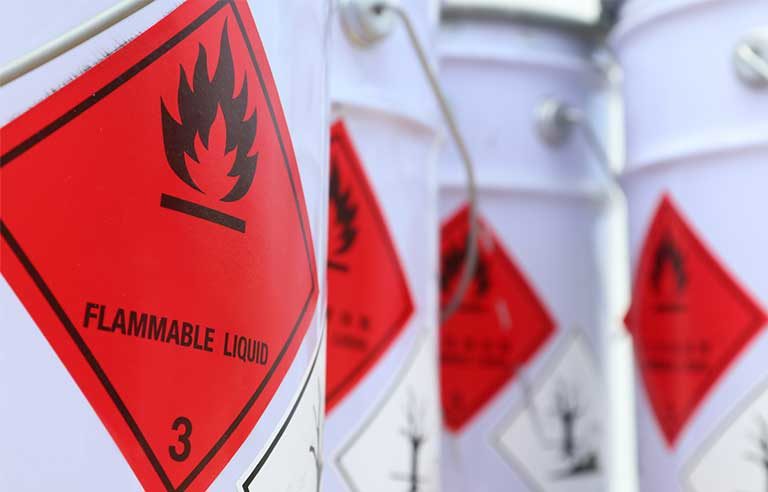What are hazardous substances?
Share

Hazardous substances
HAZARDOUS substances are materials that can cause harm to humans, animals,
and the environment. These substances can be found in many forms such as
chemicals, gases, liquids and solids. They are often used in various industries
including manufacturing, construction, mining and agriculture.
How to spot hazardous substances?
It is very important to be able to determine if a substance is hazardous before
handling it. Some common signs of dangerous substances include warning labels,
Safety Data Sheets (SDS) and pictograms.
1. Warning labels are often found on hazardous products and include
information such as the type of hazard, precautions for handling it and first aid
measures.
2. Safety Data Sheets (SDS) provides more detailed information about a
substance’s chemical name and hazards including its physical and chemical
properties, health effects, safety precautions and course of action about
spillages and transportation information.
3. Pictograms are symbols used to visually represent the hazards of a substance
such as the following:
Health effects of hazardous substances
The health effects of hazardous substances vary, based on the specific type and the
extent of exposure including concentration, duration and route of exposure.
Exposure to a dangerous substance can occur through inhalation, dermal contact,
and ingestion. Possible health effects may include the following:
Nausea and vomiting
Headache
Skin rashes such as dermatitis
Chemical burns
Congenital disabilities
Disorders of the lung, kidney and liver
Nervous system disorders
Ways to reduce exposure to hazardous substances
Use non-hazardous materials whenever possible.
Substitute less hazardous alternatives for hazardous substances, for example
use detergent instead of chlorinated solvent for cleaning.
Separate hazardous substances from non-hazardous substances.
Purge or ventilate storage areas separately from other work areas.
Train employees thoroughly on handling and safety procedures.
Make sure Personal Protection Equipment (PPE), such as gloves, goggles,
and respirators are available and correctly utilised.
Track the level of hazardous substances in the air and environment at the
workplace with adequate monitoring equipment.
Consult regularly with employees to maintain and improve existing safety
practices.
What the law says on hazardous substances
EMA Act (CAP 20:27) Statutory Instrument 268 of 2018- No person shall use
herbicides, pesticides, fungicides or any toxic substances for commercial agriculture
or public health pest control or veterinary vector control without a licence issued by
the Environmental Management Agency. The transit through Zimbabwe of
hazardous substances or oils is prohibited unless under a licence issued by the
Agency and notification is made to the Agency. The transit through Zimbabwe of
Convention hazardous substances is prohibited unless under a licence and – (a)
such substances are exported by or imported to a State – (i) that is a contracting
party to the Basel Convention; or (ii) under a bilateral or multilateral agreement to
which both States are a party. (Statutory Instrument 268 of 2018)









